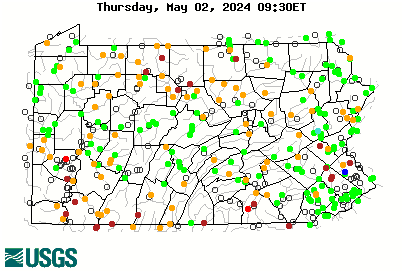JG63
Active member
- Joined
- Mar 7, 2013
- Messages
- 711
Movement and “pushing water” in fly designs is key! Which one of these satisfies that criteria?The more realistic and the more materials you put on a crayfish pattern, the worse they fish.
A wooley bugger-ish fly with a lead dumbell and rubber legs will smoke almost any other crayfish pattern.









